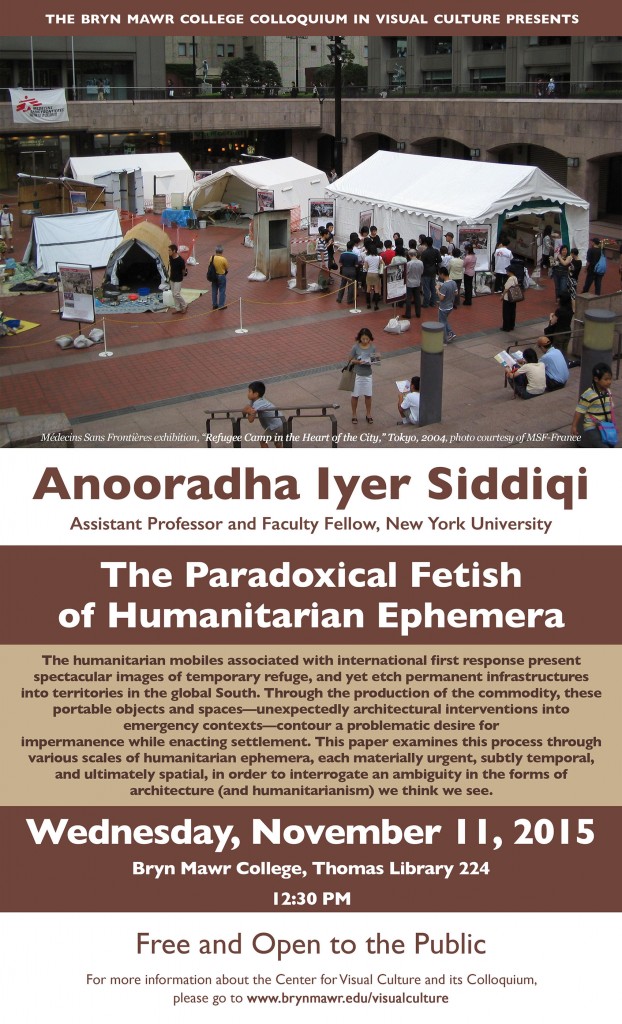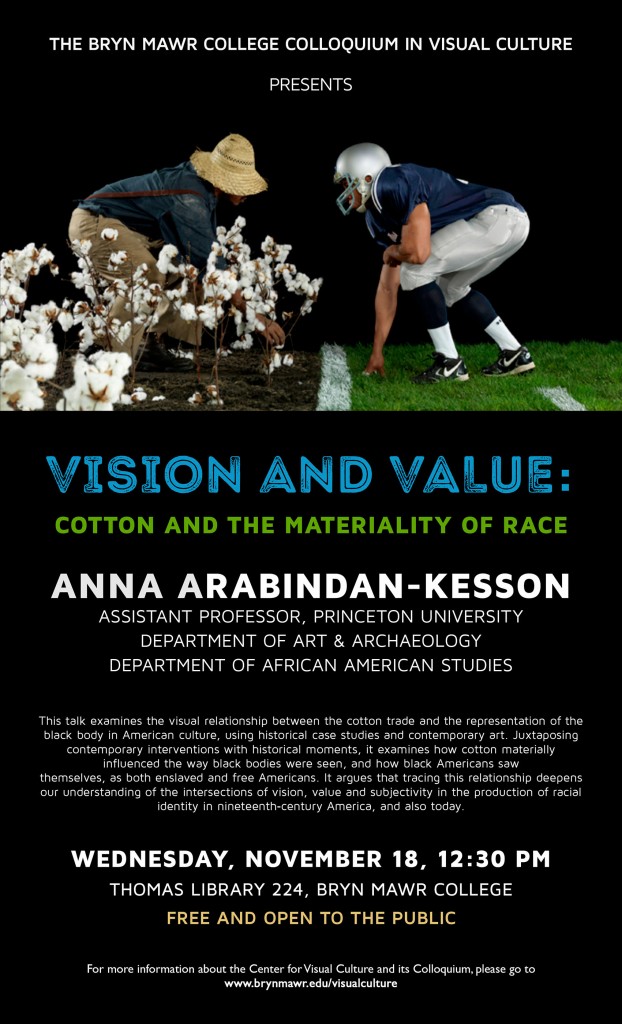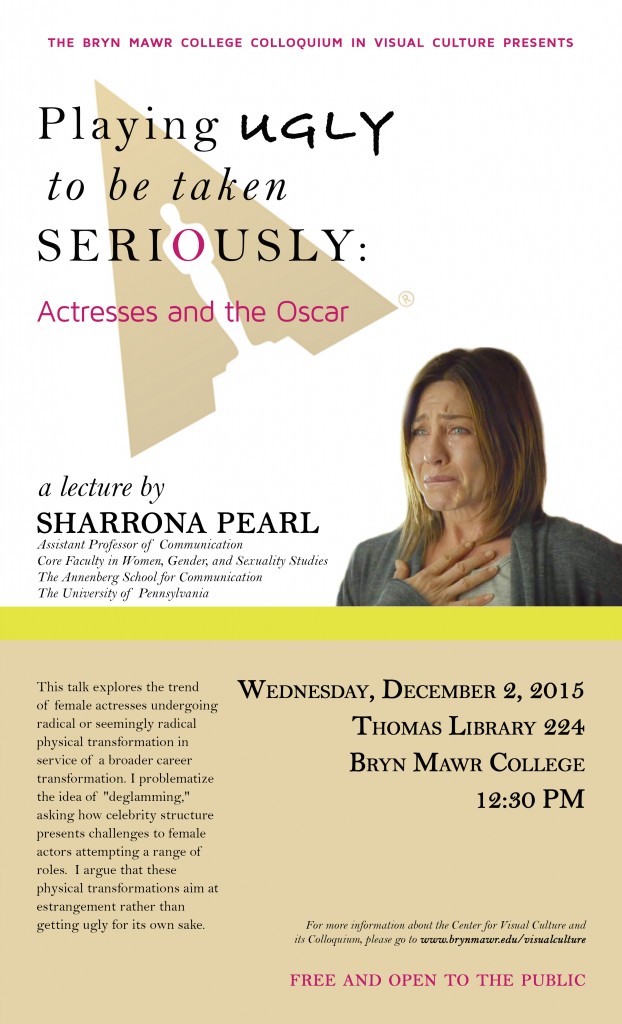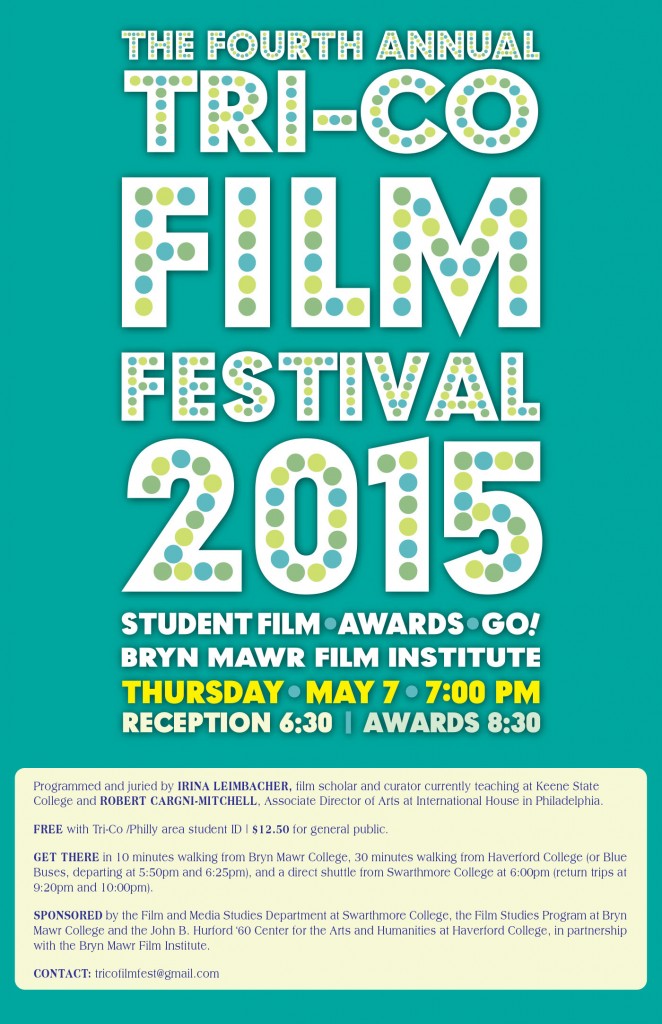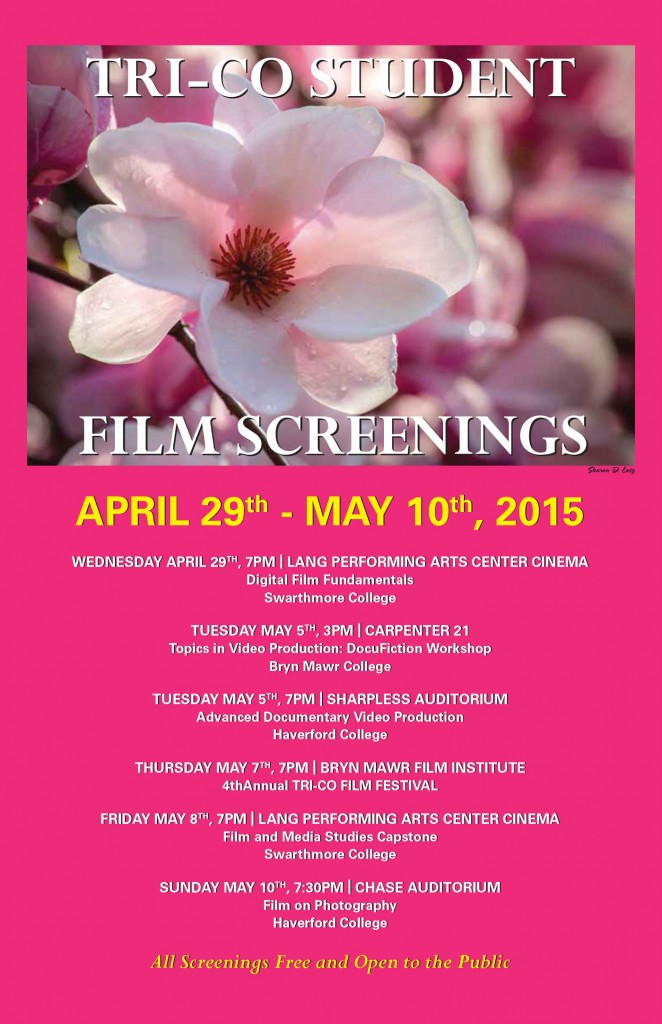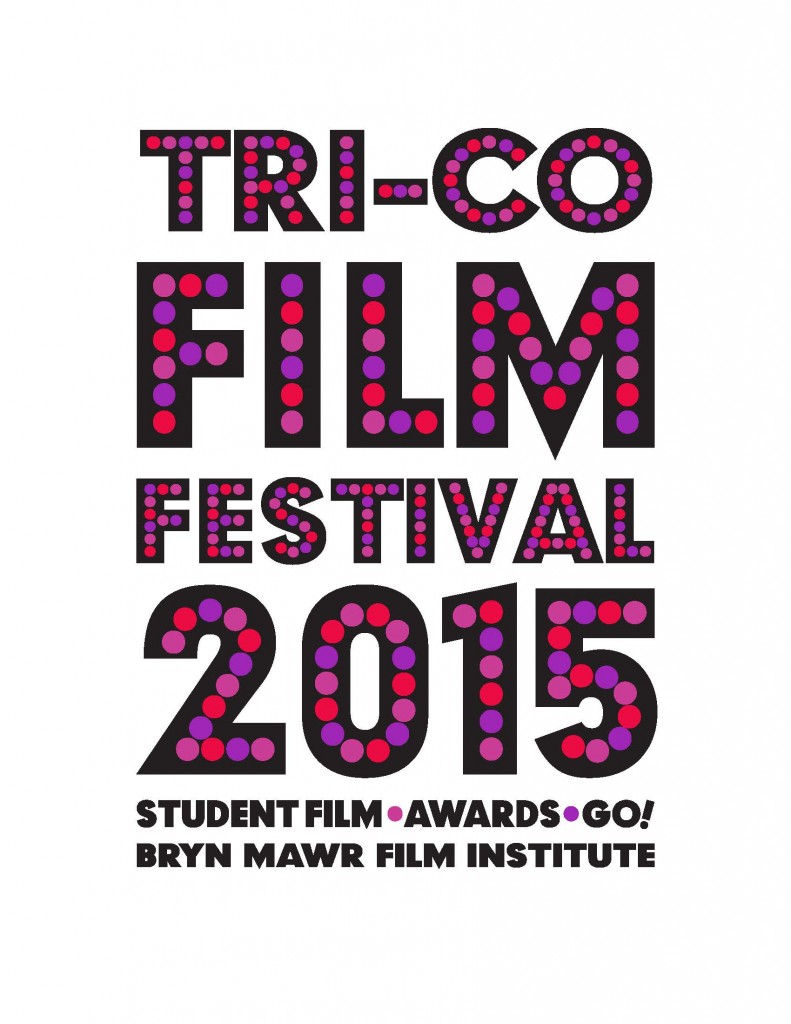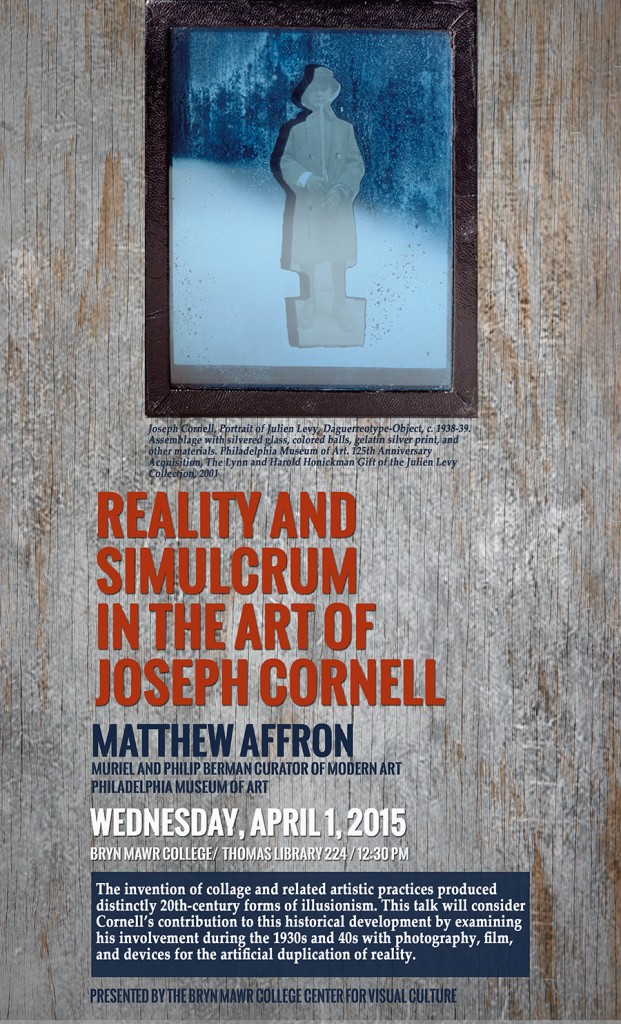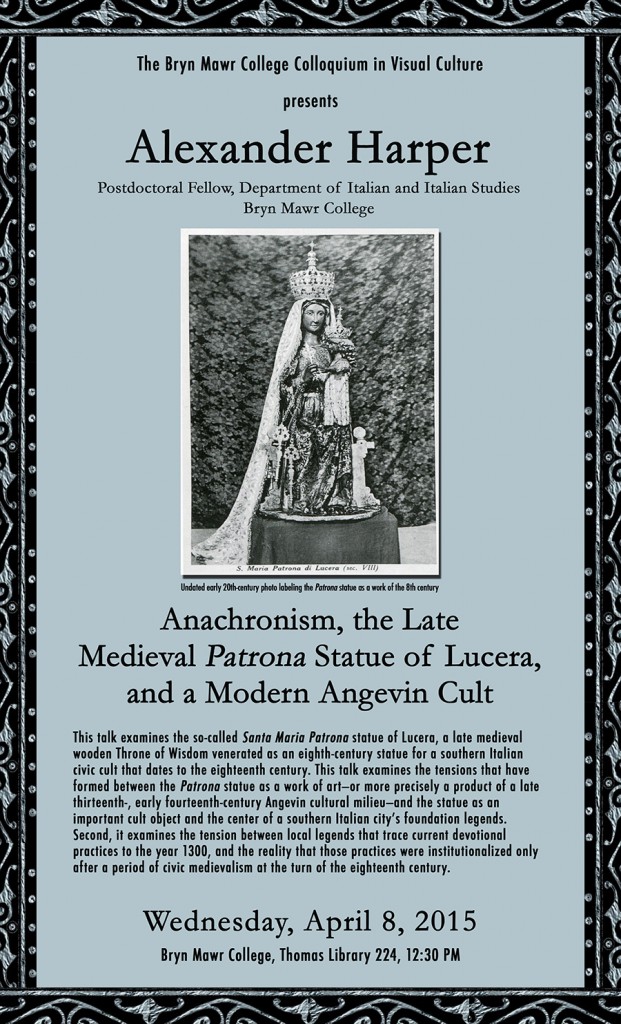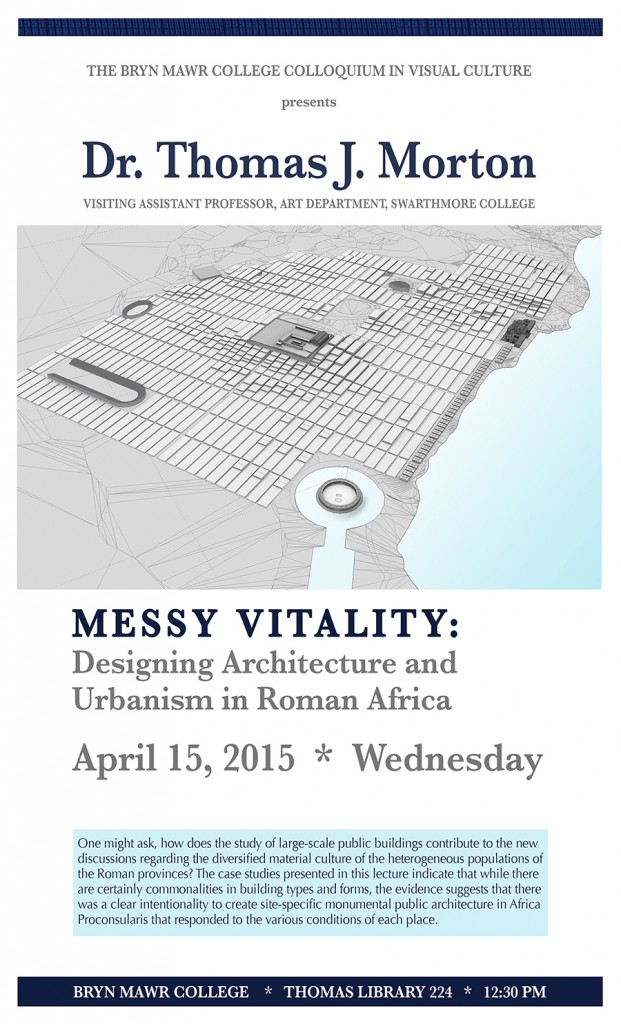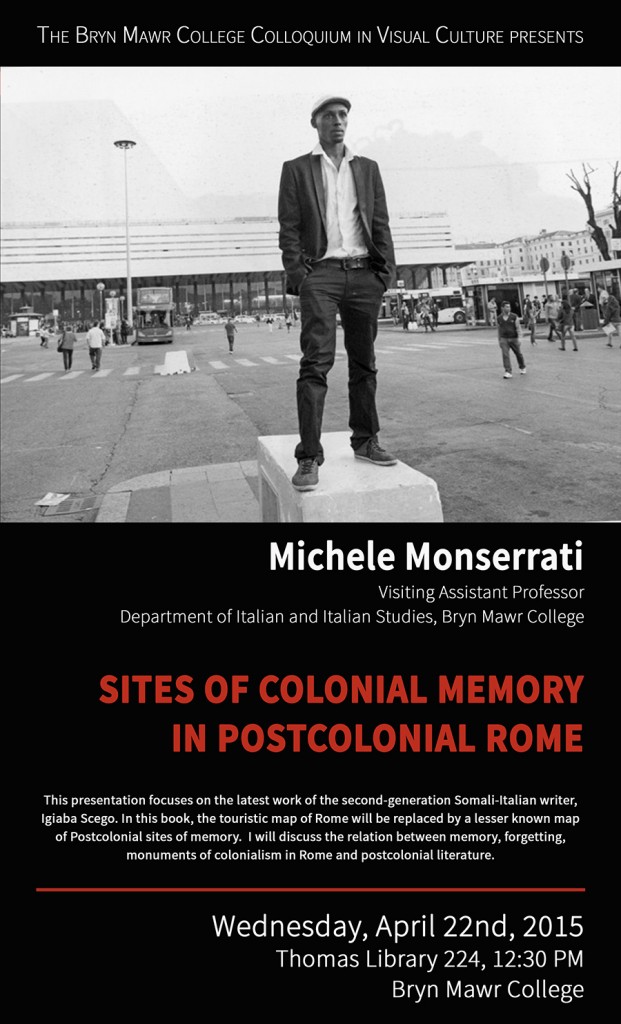Assistant Professor and Faculty Fellow, New York University
The Paradoxical Fetish of Humanitarian Ephemera
The humanitarian mobiles associated with international first response present bold images of temporary refuge, and yet belie spectacular permanent infrastructures and a hardware of transportation and communications networks etched into territories in the global South. This paper examines aesthetics and technopolitics in the histories and social lives of a range of artifacts designed for ephemerality, from sheltering textiles to hastily-produced borderlands. As unexpectedly architectural interventions into emergency contexts, these portable objects and spaces contour a problematic desire for impermanence while enacting settlement through the production of the commodity. This paper examines this process through various scales of humanitarian ephemera—materially urgent, subtly temporal, and ultimately spatial—interrogating an ambiguity in forms of architecture (and humanitarianism) we think we see.

